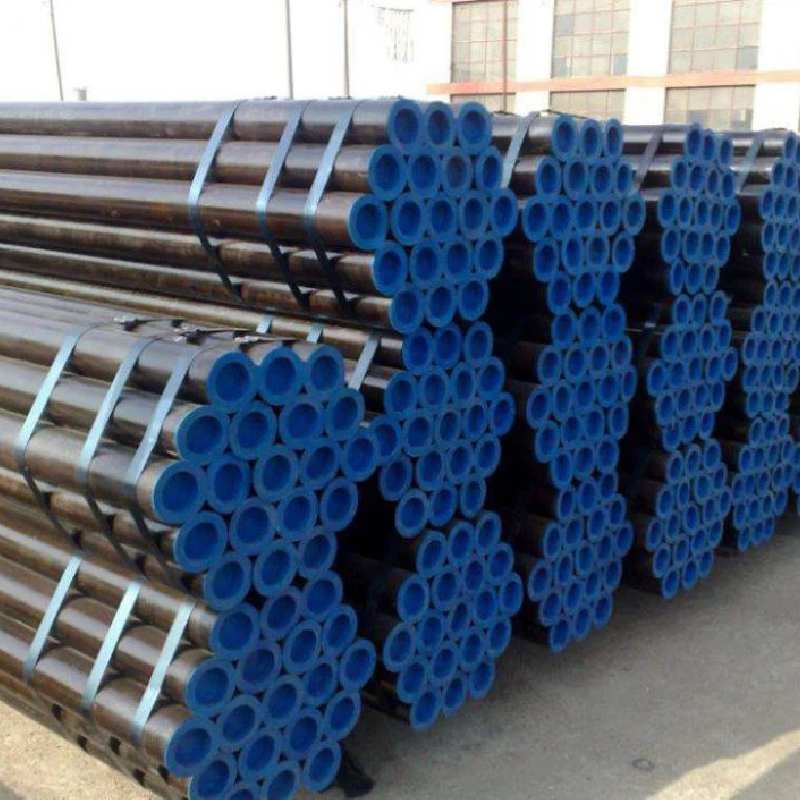-
Cangzhou Yulong Steel Co., Ltd.
-
Phone:
+86 13303177267 -
Email:
admin@ylsteelfittings.com
- English
- Arabic
- Italian
- Spanish
- Portuguese
- German
- kazakh
- Persian
- Greek
- French
- Russian
- Polish
- Thai
- Indonesian
- Vietnamese
- Zulu
- Korean
- Uzbek
- Hindi
- Serbian
- Malay
- Ukrainian
- Gujarati
- Haitian Creole
- hausa
- hawaiian
- Hebrew
- Miao
- Hungarian
- Icelandic
- igbo
- irish
- Japanese
- Javanese
- Kannada
- Khmer
- Rwandese
- Afrikaans
- Albanian
- Amharic
- Armenian
- Azerbaijani
- Basque
- Belarusian
- Bengali
- Bosnian
- Bulgarian
- Catalan
- Cebuano
- China
- China (Taiwan)
- Corsican
- Croatian
- Czech
- Danish
- Esperanto
- Estonian
- Finnish
- Frisian
- Galician
- Georgian
- Kurdish
- Kyrgyz
- Lao
- Latin
- Latvian
- Lithuanian
- Luxembourgish
- Macedonian
- Malgashi
- Malayalam
- Maltese
- Maori
- Marathi
- Mongolian
- Myanmar
- Nepali
- Norwegian
- Norwegian
- Occitan
- Pashto
- Dutch
- Punjabi
- Romanian
- Samoan
- Scottish Gaelic
- Sesotho
- Shona
- Sindhi
- Sinhala
- Slovak
- Slovenian
- Somali
- Sundanese
- Swahili
- Swedish
- Tagalog
- Tajik
- Tamil
- Tatar
- Telugu
- Turkish
- Turkmen
- Urdu
- Uighur
- Welsh
- Bantu
- Yiddish
- Yoruba

Nov . 17, 2024 01:17 Back to list
ansi b16 5 150 rf
Understanding ANSI B16.5 A Comprehensive Guide to Flanged Connections
The ANSI B16.5 standard is a cornerstone in the world of piping and flanged connections, particularly concerning industrial applications. Developed by the American National Standards Institute (ANSI), this standard outlines the dimensions, materials, testing methods, and overall specifications for flanges and their associated fittings. Particularly, ANSI B16.5 covers flanges with nominal pipe sizes ranging from 1/2 inch to 24 inches and pressure classes that vary from 150 to 2500 pounds per square inch (psi), including the widely used 150 RF (Raised Face) flanges.
What Are Flanges?
Flanges are components used to join two sections of piping, valves, or equipment, providing a reliable and leak-proof connection. They typically come in pairs, with one flange attached to each of the connected components. The two flanges are then bolted together, often with a gasket in between to ensure a tight seal. This method of joining is favored in many applications due to its durability, ease of disassembly, and the capability to withstand high pressure and temperature variations.
The Significance of the ANSI B16.5 Standard
ANSI B16.5 standardizes the design and manufacture of flanges, ensuring uniformity across various manufacturers and applications. This standard is crucial because it helps engineers and contractors make informed decisions when selecting flanged joints for their projects. By adhering to this established guideline, companies can guarantee compatibility between different parts, which is especially important in large-scale industrial applications where multiple systems might interconnect.
Key Features of ANSI B16
.51. Material Specifications ANSI B16.5 outlines the types of materials suitable for flanges, including carbon steel, stainless steel, and various alloys. Each material has unique properties that determine its suitability for different environments, including resistance to corrosion, pressure tolerance, and temperature stability.
ansi b16 5 150 rf

2. Dimensions and Design The standard provides detailed specifications on the dimensions of the flanges, including bolt hole patterns, flange thickness, and diameter. The design parameters ensure that the flanges can safely handle the pressures they will encounter in operation.
3. Pressure Classes ANSI B16.5 categorizes flanges based on pressure classes, with the 150 RF class being one of the most commonly used. These classes determine the maximum allowable working pressure (MAWP) for the flanges, guiding engineers when selecting the correct flange for their application.
4. Gasket Compatibility Each flange design is compatible with specific types of gaskets, which serve as the sealing element when two flanges are bolted together. The standard details the appropriate gasket dimensions and materials to provide an effective seal.
5. Testing Methods The ANSI B16.5 standard specifies testing procedures to verify the integrity and pressure rating of flanges. This includes hydrostatic testing, where flanges are subjected to high-pressure water tests to ensure that they do not leak.
Applications of ANSI B16.5 Flanges
Flanges compliant with ANSI B16.5 are used across a myriad of industries, including oil and gas, chemical processing, water treatment, and power generation. Their reliability is particularly vital in critical applications where leak prevention is paramount, such as pipelines transporting hazardous materials.
Conclusion
In summary, ANSI B16.5 represents a critical standard in the realm of flanged connections. The provisions set forth in this standard ensure that flanges are designed, manufactured, and tested consistently, allowing for safe and reliable connections in piping systems worldwide. Understanding and using ANSI B16.5 flanges, particularly the 150 RF type, is essential for engineers and professionals in the industry, leading to enhanced safety, efficiency, and interoperability across various applications. By adhering to these standards, industries can maintain high operational integrity and minimize the risk of failures, creating a safer working environment overall.
Latest news
-
ANSI 150P SS304 SO FLANGE
NewsFeb.14,2025
-
ASTM A333GR6 STEEL PIPE
NewsJan.20,2025
-
ANSI B16.5 WELDING NECK FLANGE
NewsJan.15,2026
-
ANSI B16.5 SLIP-ON FLANGE
NewsApr.19,2024
-
SABS 1123 FLANGE
NewsJan.15,2025
-
DIN86044 PLATE FLANGE
NewsApr.19,2024
-
DIN2527 BLIND FLANGE
NewsApr.12,2024
-
JIS B2311 Butt-Welding Fittings LR/SR 45°/90° /180°Seamless/Weld
NewsApr.23,2024











